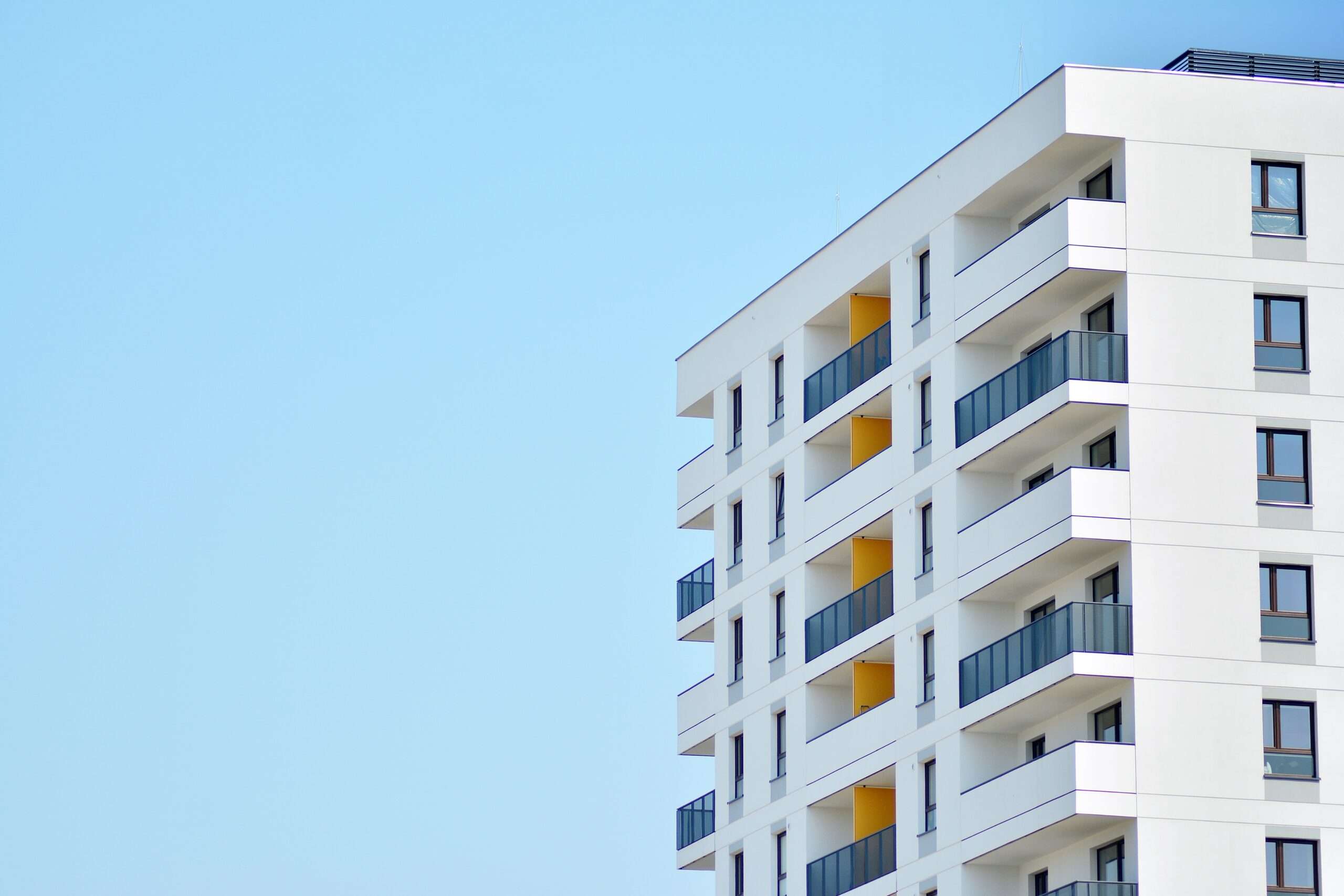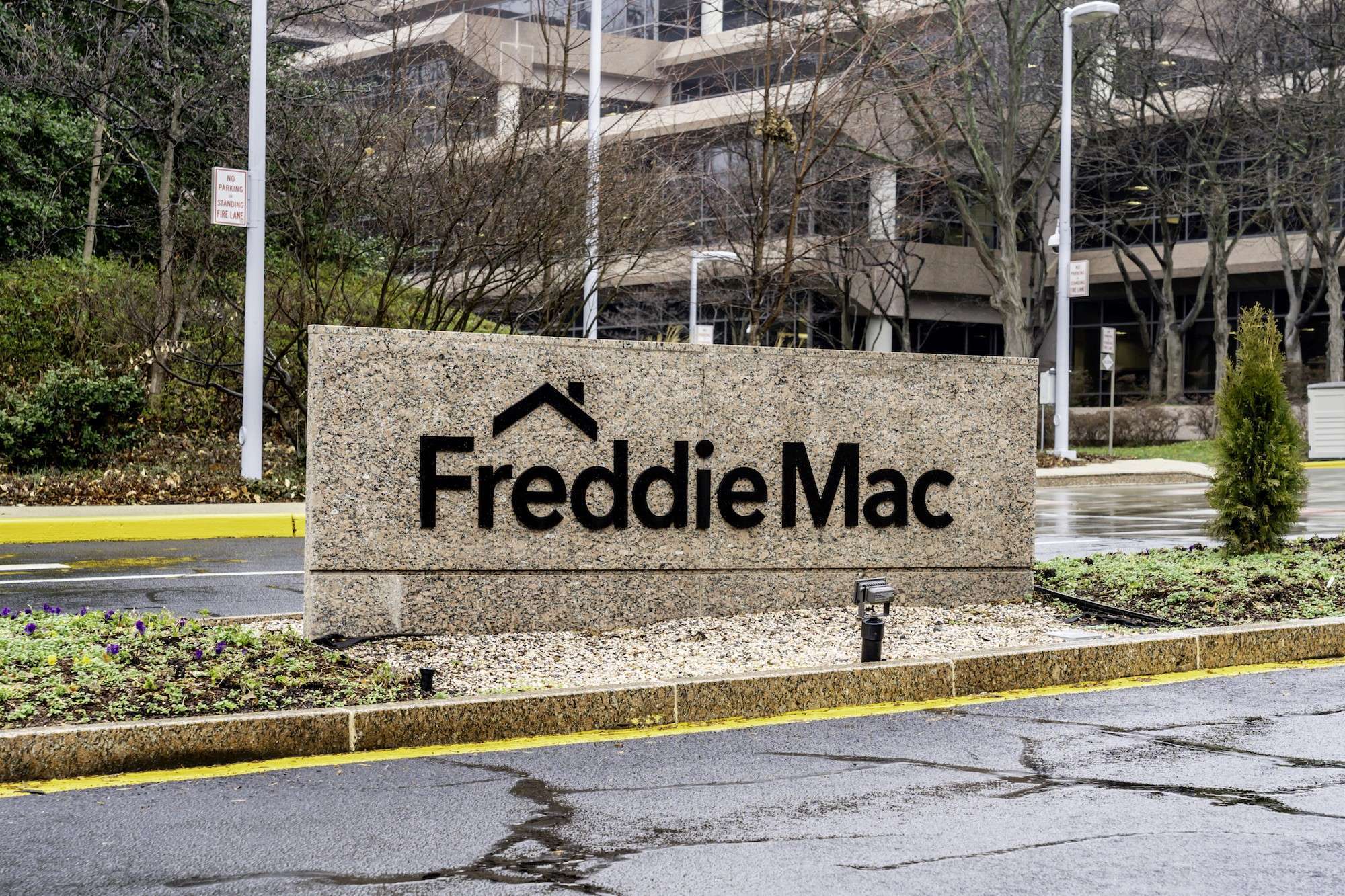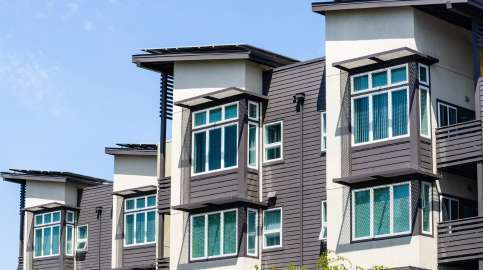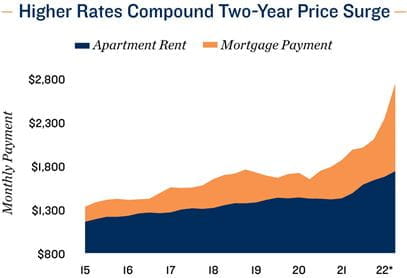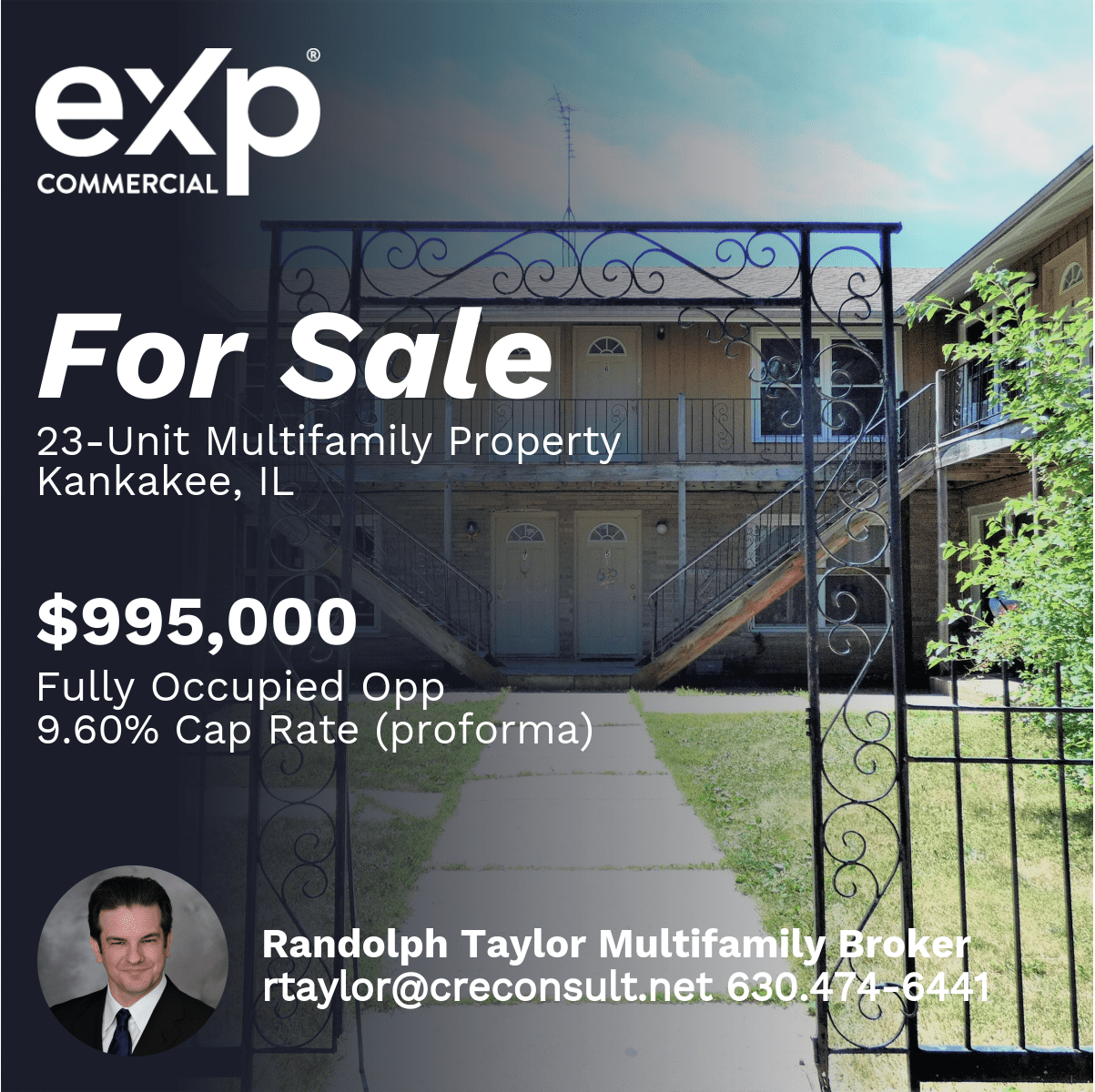
Resident retention remains a high priority, and these five incentives can help earn renewals.
5 Incentives to Increase Multifamily Lease Renewals -
It costs a whopping $3,976 to replace one of your residents when they don’t renew their lease, which is up from $3,850 last year, according to Zego’s “The 2022 State of Resident Experience Management Report.”
One of the most valuable assets to any apartment manager is current residents and, as such, resident retention should be one of the highest priorities. To do that, you need exciting apartment renewal incentives to remain competitive. Here are five renewal incentives to try:
1. Free Apartment Upgrade
While it may not be possible to avoid increasing rents in the community, one way to incentivize residents to renew their leases is by offering more value. That value could be presented as an apartment upgrade for the same rate or at a discounted rate from their current apartment.
The upgrade does not always have to be a larger apartment, it could be in a better location at the property or one that includes an in-unit washer/dryers and a balcony or patio. And if you don’t have any available upgrades, you can offer to improve your resident’s current apartment as an incentive. For example, upgrading the appliances is a great way to elevate the apartment and even justify a rent increase.
2. Resident Events
According to Satisfacts, resident events are one of the significant drivers of lease renewals. Resident events can help establish stronger connections and relationships between residents, which can improve a community’s turnover rate.
However, planning a successful resident event is much easier said than done — especially for the busy multifamily marketing professional.
Here are a few resident event ideas:
3. Free Month of Rent
Once you lose a resident, that means you have to start over by building trust and a relationship with the new resident.
Consider incentivizing your best residents because one significant reason someone might not renew their lease is financial concerns. A free or discount on their first month’s rent could mitigate those worries.
4. Invest in Smart Locks
While you can never promise 100% safety and security anywhere, you still want your residents to feel safe and relaxed in their homes. Upgrading your property with smart locks or controlled, gated access can offer them peace of mind (and justify a rent increase, if needed).
5. Concierge Services
Residents value convenience any way they can get it. From partnering with dry cleaners or grocery delivery apps, there are many ways to offer concierge-style services at the community. These added services can help incentivize renewals as well as justify a rent increase, especially if you add multiple services.
For example, consider integrating convenience or property management apps on a resource page on your website, along with discount codes to use the services. Millennials and Gen Z are accustomed to these mobile conveniences, and there’s no reason their multifamily property can’t offer the same.
Add Convenience and Value to Earn Renewals
Ultimately, when it comes to resident retention, convenience is key. Moving out of an apartment is stressful. Nobody wants to move if they can avoid it; avoid providing a reason for residents to not renew their lease. If it’s more convenient for your residents to stay in their apartment, then they will, but it’s up to the property team to earn that renewal.
Source: 5 Incentives to Increase Multifamily Lease Renewals
https://www.creconsult.net/market-trends/5-incentives-to-increase-multifamily-lease-renewals/